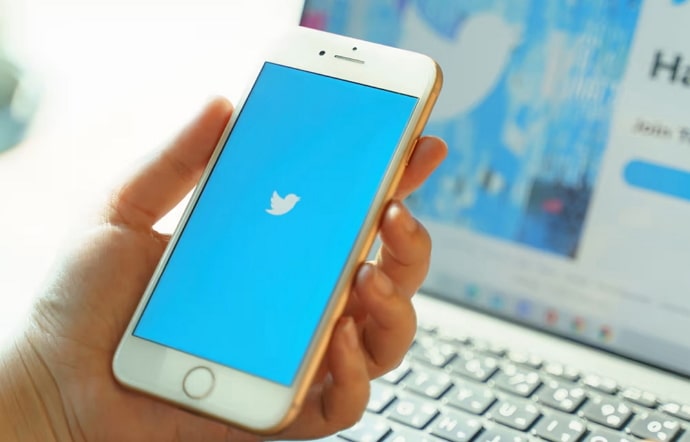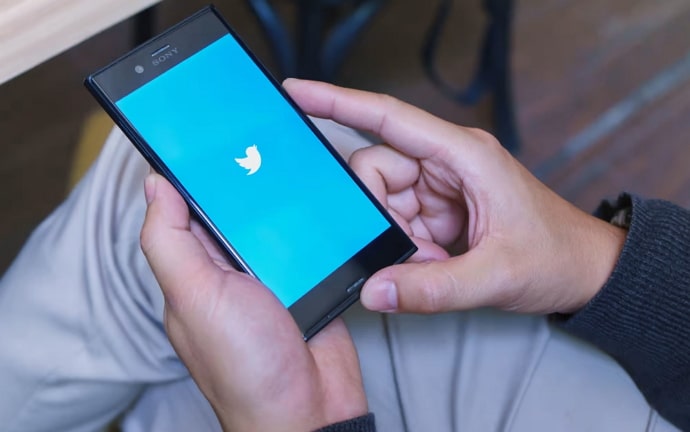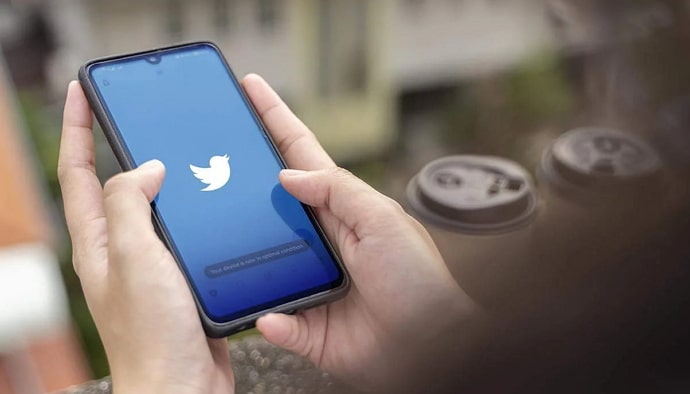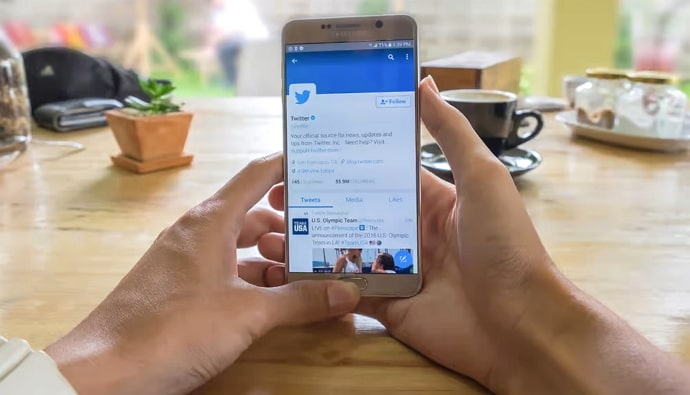In the vast social media landscape, Twitter has established itself as a dynamic and influential platform. It allows users to connect, share, and engage in real-time conversations. Its unique format and diverse features have made Twitter a go-to platform for individuals, businesses, and public figures to express themselves, build communities, and stay informed. A defining feature of Twitter is its brevity. With a 280-word character limit per tweet (previously 140 characters), Twitter encourages users to be concise and express their thoughts succinctly.

This encourages crafting impactful and concise messages where users convey their ideas and opinions in a limited space. This sets Twitter apart from other platforms, promoting a fast-paced environment where information is shared swiftly.
Another engaging aspect is its use of hashtags. Hashtags are a powerful tool for content categorization, organization, and discovery. Users attach relevant hashtags to their tweets, making them searchable and allowing others to find/engage with specific topics or trends easily.
Hashtags enable users to join larger conversations, follow live events, and participate in discussions that align with their interests. This has facilitated the formation of vibrant communities, bringing like-minded people together to share ideas, engage in debates, and contribute to a global conversation.
Twitter offers various features to enhance the visual and interactive elements of the platform.Users can attach photos, videos, GIFs, and polls to their tweets, making the content more engaging and captivating. Visual elements add depth and emotion to tweets while including polls encourages audience participation.
Furthermore, retweeting has revolutionized content sharing. Users can retweet (repost) tweets from others, amplifying their messages and spreading them to a larger audience. Retweets also promote engagement, as users can express their agreement, disagreement, or appreciation for a tweet by sharing it and initiating conversations and debates that transcend individual accounts.
In today’s blog, we’ll discuss whether or not you can remove someone’s like from a tweet of yours.
Can I Remove Someone’s Like from My Tweet?
Let’s start with answering your initial question: there’s technically no way to remove a like from your tweet. While it does sound like a useful tool in some situations, overall, it doesn’t make much sense to be able to remove a like from your tweet.
Let’s say you’ve tweeted something and one of the people you dislike the most has liked it. While you can’t block them because of societal norms, you also don’t want others to see you fraternizing with them, do you?
Well, if you’re in a similar situation, we’re sorry to say there’s not much you can do. If Twitter doesn’t have an official feature for an action, the alternative solutions are always over the top. It’s up to you to decide whether it’s worth it or if you can live with your situation.
Blocking them is always a viable option to consider. If you don’t want that, you could ask them not to engage with you on Twitter since you don’t respect their values. Turning your profile private also works.
Lastly, if all else fails, there’s always deleting the tweet and moving on.
Block them on Twitter
Blocking on Twitter is quite different from blocking on other social media platforms. In one word, blocking on Twitter isn’t as private as one would hope for, while on other social media platforms, it’s the ultimate severance.
For example, when you block someone on Twitter, they won’t receive a notification, but they will find out that they’ve been blocked by simply visiting your profile. So, this opens you up for unnecessary conflict and confrontation over what should’ve remained a private matter.
Other than that, blocking cuts off all engagement and DM facilities. The blocked user can see your tweet when they search for it but cannot engage with it in any way. Other than the search bar, they cannot view your content.
Here’s how to block someone on Twitter
Step 1: Open the Twitter mobile app on your smartphone; the first tab would be the Twitter feed.
Step 2: At the bottom, you’ll see the search icon; tap it to get to the Explore section.
Step 3: Search Twitter for the user you wish to block, and tap on their profile from the results.
Step 4: On their profile, tap the vertical ellipsis icon at the top right and select Block from the list.
Step 5: Confirm that you wish to Block them, and that’s all!
Talk to them about it directly
While it might sound lame to talk about something so trivial with someone, sometimes, the lame things to do gets the results.
We’re asking you to reach out to them, Twitter user to Twitter user. Explain to them how their liking your tweets goes against your brand, and you can’t afford that to happen. Instead, you could ask them to use an alternative account. Or better yet, they can see your tweets, but surely they can resist liking them?
We’re sure that if you’re nice, to the point, and explain your problem, there’s no reason why they won’t agree. However, remember that they’re under no obligation to agree with you or understand your situation.
If they don’t listen to you, there’s no other option but to block them on the platform.
Turn your Twitter account private
Another option to ensure they don’t like your tweets is to turn your account private. While this won’t erase their previous engagement, it’s highly efficient for the future.
However, this opens up another set of problems for you, starting by cutting off the engagement. A private account’s viewers only follow you, but a public account’s reach goes far and wide.
If your target is to be famous on Twitter, this is not the way to go for you. But if you like your peace more than engagement, we respect that.
Here’s how to turn your Twitter account private
Step 1: On your Twitter feed, tap on your profile picture icon at the screen’s top right.
Step 2: A menu will appear; select Settings and Support and then Settings and Privacy.
Step 3: Tap on Privacy and Safety. On the next page, under Your Twitter Activity, tap on Audience and tagging.
Step 4: You’ll see a toggle button next to Protect your Tweets. Turn it on, and you’re all set!
Delete that tweet and move on
Our last option for you today is to delete that tweet and move on. That way, all engagement on the tweet will automatically disappear.
However, as anyone with foresight can see, it’s not a particularly permanent solution or a preferable one. Deleting your content is already problematic; doing it for a person you don’t like doesn’t sound very good. Not to mention that they’ll continue to engage with you on the platform until you’ve taken a proactive approach to this.
Takeaway
As we’ve reached the end of our blog for today, let us quickly wrap it up for you!
Twitter is a large platform; political controversies and cold politics are the norms here. If you don’t want someone to like your tweets, we get that. Engagement is what makes a social media platform, and on a larger scale, the engagement you receive is highly scrutinized.
However, as of now, Twitter doesn’t have an option for you to be able to remove someone’s like from your tweet. The one big reason behind this is that few users seem to need such an option.
Don’t worry; even without it, many alternative options exist to get what you want. Blocking them or talking to them about it in a civil manner are two highly efficient options. If these don’t work in your situation, you can either turn your profile private or delete the tweet and move on.
If the options discussed in our blog helped you fix your problem, we’re happy for you. Let us know if we’ve missed other alternatives in the comments below!
Also Read:





 Bitcoin
Bitcoin  Ethereum
Ethereum  Tether
Tether  XRP
XRP  Solana
Solana  USDC
USDC  Dogecoin
Dogecoin  TRON
TRON  Cardano
Cardano